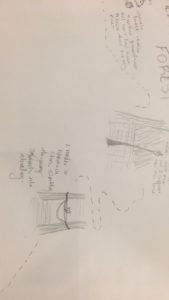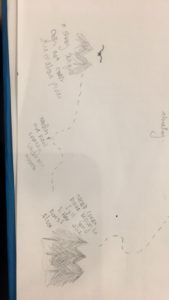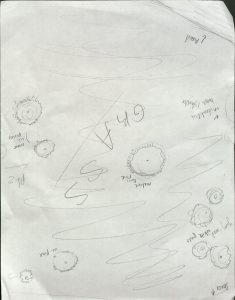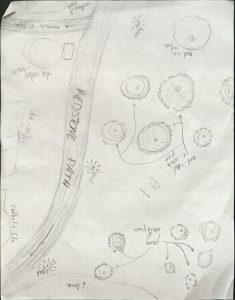https://www.google.com/maps/place/Heard+Pond/@42.353035,-71.3871718,16z/data=!4m5!3m4!1s0x89e38f6032150d33:0xd9cbc6b230aeae87!8m2!3d42.3532508!4d-71.3831796 <– here's the google maps pin!
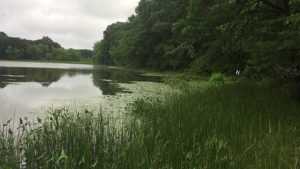 (this is an outdated photo)
(this is an outdated photo)
For my “At Home” phenology spot I chose the pond on my street, called Heard Pond, named for the Heard family farm a mile walk from my house.
The energy of this place has always drawn me to it, ever since we moved to the US. Switzerland is gorgeous and I felt my young self struggling to find places in Massachusetts that felt similar to where I had grown up. Heard was the first place I felt like I could genuinely connect with the land a begin to build a sense of place in nature. The pond phases beautifully from season to season in a way I’ve never seen anything change. In the spring the birds and water lily’s come in like a Monet painting. The cat-tails at the waters edge grow tall among the other water grasses. Great Blue Herons and swans return and reestablish their homes, young fish begin to jump. In the spring the pond also floods out much of the road looping around it, so children come eagerly, rain boots sealed tight ready to puddle jump. Come summer the floods drain the lilies bloom, swan signets leave the nest and begin to explore the pond more, grazing on the submerged vegetation. People are more drawn to the pond in summer, bringing with them fishing rods, kayaks, and dogs. Come fall the trees marking the landscape change between pond and farm light up like Bob Ross’s paint palette, bright oranges and vibrant reds take over the maples. Clear of the vegetation, the water now looks mirror-like and the fish grow bolder. By winter the animal activity has died down save for a few brave foxes and a lonely goose. Snow grabs the trees and frosts their skeletons.
Because Redstone Forest is comprised almost entirely of evergreen trees, there hasn’t really been a notable seasonal shift, other than the ground changing texture and there being less animal activity. In terms of plants also, the pond has much more moisture-depedent vegetation and trees surrounding it, and the area has much more ground cover/leaf litter than Redstone. In addition, the animals that reside in the area are different, as the pond is less used by humans than Redstone forest is, so animals are less skittish in the area. Deer, fox, coyotes, muskrats and many others live in relative peace, whereas at Redstone there’s seldom even a squirrel. Ecologically a difference between the sites that we cannot necessarily see is the soil composition/ type. Since Redstone is dominated by pines it is safe to assume that the soil is very much more acidic than that at Heard, as well as it is probably drier since there is not a readily available water-uptake source for the pines as the maples in Heard.
All in all, my Phenology at home spot was in many ways very different from my spot on Campus, but my sense of place and feeling of belonging in both is very strong.


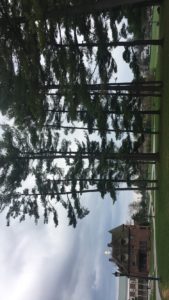

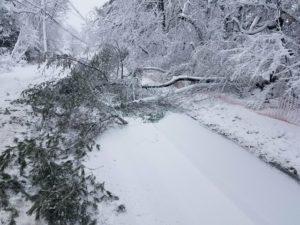 ( tree branches blocking traffic down the street)
( tree branches blocking traffic down the street)  A truck in town catches on a fallen log
A truck in town catches on a fallen log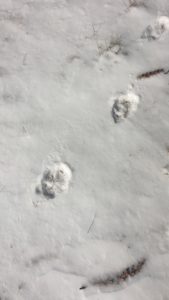
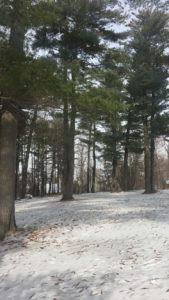
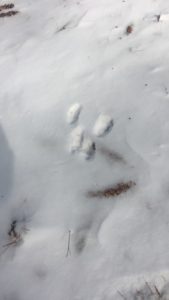
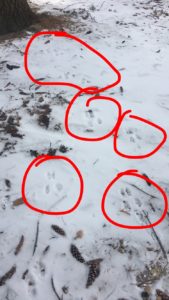
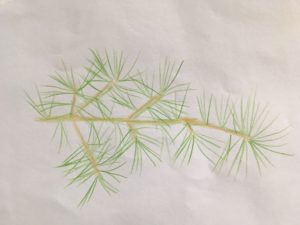

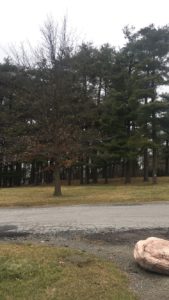

 (this is an outdated photo)
(this is an outdated photo)
